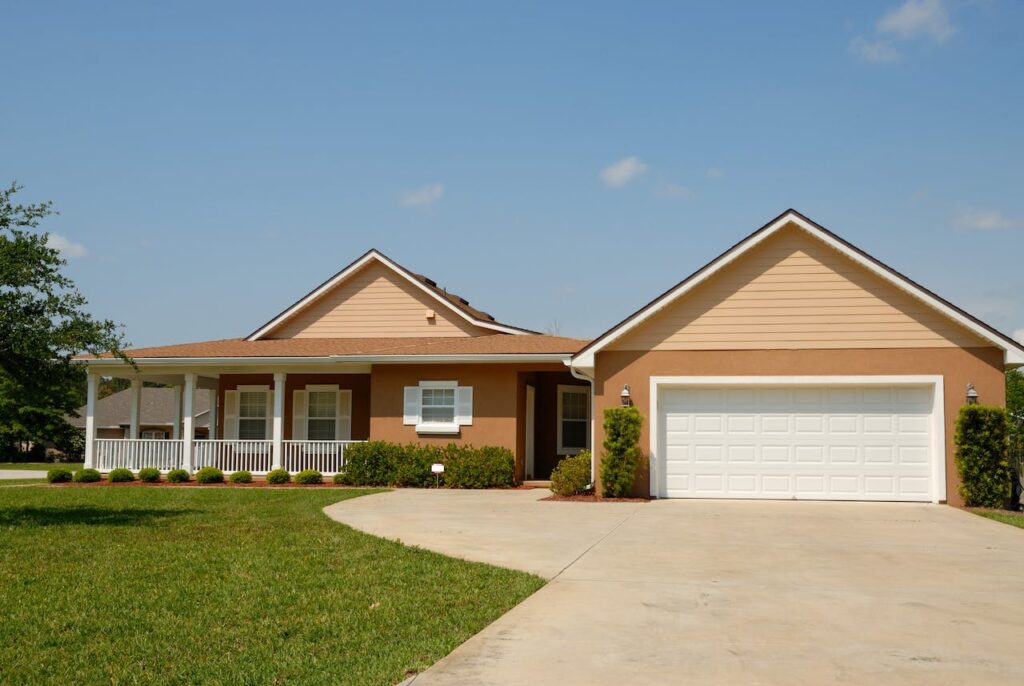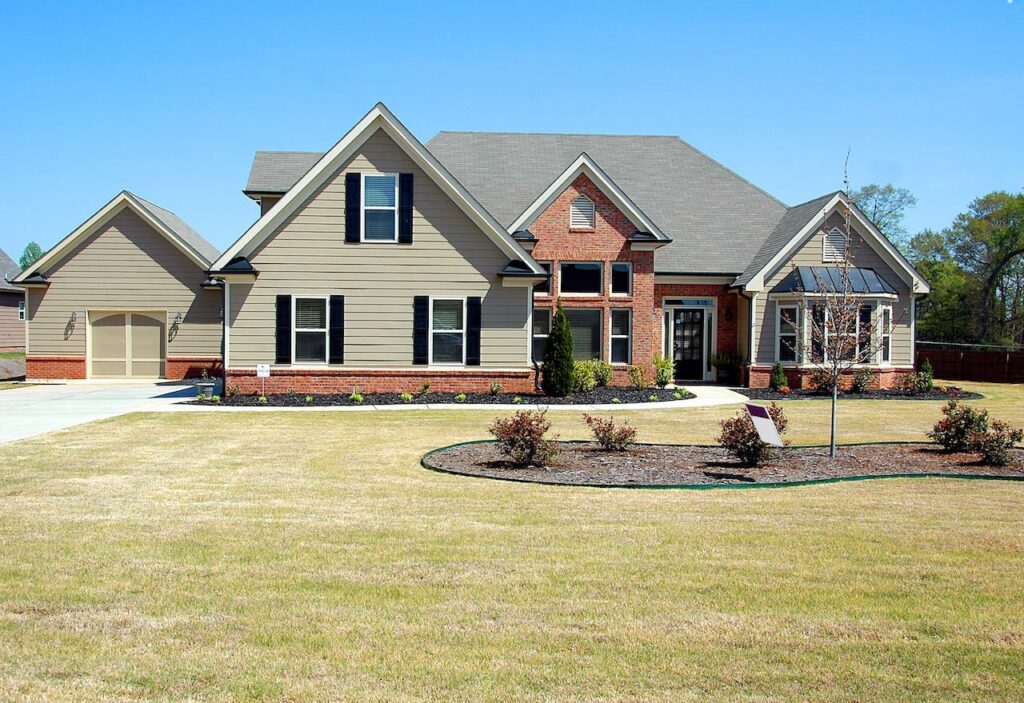A home is more than just bricks and mortar; it’s a haven, a place of comfort, and a repository of cherished memories. Protecting this sanctuary from the unexpected is a responsibility that falls on the shoulders of homeowners, and home insurance stands as a vital tool in this endeavor.
In this comprehensive guide tailored for US audiences, we will explore every facet of home insurance, from its definition and types to key considerations, benefits, and tips for choosing the right coverage. Whether you’re a first-time homebuyer or a seasoned homeowner, this guide aims to empower you with the knowledge needed to make informed decisions about safeguarding your home and financial well-being.
Understanding Home Insurance

Definition and Purpose
Home insurance, also known as homeowners insurance, is a type of property insurance designed to protect homeowners against financial losses arising from various perils. These perils may include damage to the structure of the home, loss or damage to personal belongings, and liability for accidents that occur on the property.
Components of Home Insurance

1. Dwelling Coverage
Dwelling coverage is the core component of home insurance, providing protection for the structure of the home itself. In the event of covered perils such as fire, windstorm, or vandalism, dwelling coverage helps repair or rebuild the home.
2. Personal Property Coverage
Personal property coverage extends protection to the contents of the home, including furniture, electronics, clothing, and other personal belongings. This coverage reimburses homeowners for the cost of replacing or repairing damaged or stolen items.
3. Liability Coverage
Liability coverage safeguards homeowners from legal and financial consequences if someone is injured on their property or if they accidentally cause damage to someone else’s property. It covers legal fees, medical expenses, and settlements.
4. Additional Living Expenses (ALE) Coverage
If a covered event renders the home uninhabitable, ALE coverage helps with the additional costs of living elsewhere temporarily. This may include hotel bills, restaurant meals, and other necessary expenses.
Types of Home Insurance Policies

1. HO-3 (Special Form)
The HO-3 policy is the most common type of home insurance for single-family homes. It provides comprehensive coverage for the dwelling and personal property against all perils except those specifically excluded in the policy. This is often referred to as an “open perils” or “all-risk” policy.
2. HO-5 (Comprehensive Form)
The HO-5 policy is similar to the HO-3 but offers broader coverage for personal property. It is an open perils policy for both the dwelling and personal property, meaning it covers all risks except those explicitly excluded.
3. HO-6 (Condo Insurance)
Designed for condominium owners, the HO-6 policy covers the interior of the condo, personal property, liability, and improvements made to the unit. It is tailored to the unique needs of condo living.
4. HO-4 (Renters Insurance)
Renters insurance, covered by the HO-4 policy, protects tenants’ personal property, liability, and provides additional living expenses coverage. While the landlord’s insurance covers the structure, renters insurance is crucial for protecting the renter’s possessions.
5. HO-8 (Older Home Form)
The HO-8 policy is specifically designed for older homes. It considers the unique challenges of insuring historic or older properties, offering coverage for the dwelling on an actual cash value (ACV) basis.
Key Considerations Before Choosing Home Insurance

A – Replacement Cost vs. Actual Cash Value
Understand the difference between replacement cost and actual cash value (ACV). Replacement cost coverage reimburses you for the cost of replacing damaged items with new ones, while ACV coverage factors in depreciation.
B – Coverage Limits
Evaluate the coverage limits in your policy, especially for dwelling and personal property coverage. Ensure that the limits align with the replacement or repair costs of your home and belongings.
C – Deductibles
Deductibles are the amount you pay out of pocket before your insurance coverage kicks in. Evaluate the deductible options and choose one that suits your financial comfort level. Higher deductibles often result in lower premiums.
D – Policy Exclusions
Review the policy exclusions to understand what perils are not covered. Common exclusions include earthquakes, floods, and certain types of personal property (e.g., high-value jewelry). Consider additional coverage if needed.
E – Personal Liability Limits
Check the limits of personal liability coverage in your policy. Adequate liability coverage protects you financially in case of lawsuits resulting from injuries or property damage on your premises.
F – Bundling Insurance Policies
Consider bundling your home insurance with other policies, such as auto insurance, to qualify for discounts. Bundling can result in cost savings and simplifies the management of insurance policies.
G – Insurance Company Reputation
Research the reputation of the insurance company, including its financial stability, customer service, and claims handling. Look for reviews and ratings from reputable sources to gauge the company’s reliability.
Benefits of Home Insurance

A – Protection Against Property Damage
Home insurance provides financial protection against various perils that can damage or destroy your home. Whether it’s a fire, storm, or vandalism, insurance coverage helps repair or rebuild the structure.
B – Coverage for Personal Belongings
The loss or damage of personal belongings can be financially devastating. Home insurance covers personal property, providing reimbursement for the cost of repairing or replacing items affected by covered perils.
C – Liability Protection
Liability coverage is a crucial component of home insurance. It protects homeowners from legal and financial repercussions if someone is injured on their property or if they accidentally cause damage to someone else’s property.
D – Additional Living Expenses Coverage
If your home becomes uninhabitable due to a covered event, ALE coverage helps cover the costs of living elsewhere temporarily. This includes expenses such as hotel stays, meals, and transportation.
E – Peace of Mind
One of the intangible benefits of home insurance is the peace of mind it offers. Knowing that your home and belongings are protected against unforeseen events allows you to enjoy your home with greater security and confidence.
Tips for Choosing the Right Home Insurance

1. Conduct a Home Inventory
Before seeking insurance, conduct a thorough home inventory to document your possessions. This inventory serves as a valuable tool for determining the appropriate coverage limits for personal property.
2. Understand Replacement Cost
Opt for replacement cost coverage for your personal property. This ensures that you receive reimbursement for the cost of replacing damaged items with new ones, rather than their depreciated value.
3. Consider Additional Coverage
Evaluate the need for additional coverage based on your circumstances. This may include adding endorsements or riders for high-value items like jewelry, art, or electronics, as well as considering coverage for specific perils like earthquakes or floods.
4. Assess Your Liability Needs
Determine the appropriate amount of liability coverage for your situation. Consider factors such as the value of your assets and potential legal expenses in the event of a liability claim.
5. Shop Around and Compare Quotes
Explore multiple insurance providers to find the best coverage and rates for your home. Obtain quotes from different companies, considering factors such as coverage options, deductibles, and customer reviews.
6. Review and Update Your Policy Annually
Regularly review and update your home insurance policy to ensure that it reflects changes in your home, possessions, and lifestyle. Communicate with your insurance provider to make necessary adjustments.
7. Understand Policy Renewal Terms
Be aware of the terms of policy renewal, including any changes in coverage, deductibles, or premiums. Reviewing these details annually helps you stay informed about your insurance protection.
Common Myths and Misconceptions about Home Insurance

Home Insurance Covers All Types of Damage:
While home insurance provides coverage for a wide range of perils, certain events like floods and earthquakes are typically excluded. Additional coverage, such as flood insurance or earthquake insurance, may be necessary.
I Don’t Need Home Insurance for My Rental Property:
If you own a rental property, you should consider landlord insurance. While renters are responsible for their possessions, landlord insurance protects the structure and provides liability coverage for the property owner.
Home Insurance Covers Routine Maintenance:
Home insurance is designed to address sudden and unexpected events, not routine maintenance. Damage resulting from lack of maintenance, such as a leaky roof, may not be covered. Regular home maintenance is the homeowner’s responsibility.
Home Insurance Covers Business Property:
Home insurance typically covers personal property, not business property. If you operate a business from home, consider separate business insurance to protect your business assets and liability.
Using Home Insurance Effectively

Document Valuables and Possessions
Maintain a detailed inventory of your possessions, including photographs, receipts, and appraisals. This documentation is valuable in the event of a claim, helping expedite the claims process.
Understand the Claims Process
Familiarize yourself with the home insurance claims process. Knowing the steps to take in the event of a loss, including promptly reporting the incident and providing necessary documentation, can facilitate a smoother claims experience.
Regularly Update Coverage
Review and update your home insurance coverage annually or as significant life changes occur. This ensures that your coverage aligns with the current value of your home and possessions.
Secure Discounts and Savings
Explore opportunities for discounts and savings offered by your insurance provider. These may include bundling policies, installing safety features, or having a security system in place.
Communicate Changes to Your Insurer
Inform your insurance provider about any changes to your home, such as renovations or additions. Keeping your insurer informed ensures that your coverage remains accurate and up to date.
Understand Policy Limits
Be aware of the limits of your coverage, especially for dwelling and personal property. If you acquire high-value items, consider additional coverage to adequately protect these possessions.

Conclusion
Home insurance is the guardian of your sanctuary, offering protection and peace of mind in the face of life’s uncertainties. This comprehensive guide has explored every aspect of home insurance in the United States, from its definition and types to key considerations, benefits, and tips for choosing the right coverage.
As homeowners embark on the journey of safeguarding their homes, understanding the intricacies of home insurance empowers them to make informed decisions that align with their unique needs and circumstances. Whether facing the aftermath of a storm, a burglary, or a liability claim, home insurance serves as a financial shield, allowing homeowners to rebuild, replace, and move forward with confidence.
In a world where homes are filled with dreams, memories, and the warmth of family, home insurance stands as a steadfast companion, ensuring that the haven remains secure, resilient, and ready for the chapters yet to unfold.


